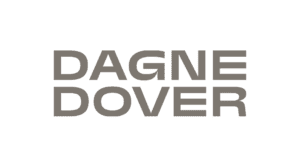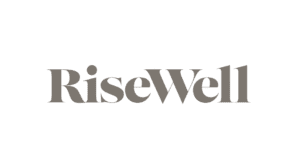Recently, Mason Interactive hosted a webinar in partnership with Facebook to explore branded content best practices. This virtual event was hosted by Karly Surman, Partner Manager at Facebook, and Shannon Gallaher, Director of Creative at Mason Interactive. We wanted to make sure you got the highlights of everything Karly and Shannon covered, so we put together a summary.
What is Branded Content?
Facebook connects users to brands and culture in new ways. Facebook’s branded content tools combine the art of creator voices with the science of targeting, ads and paid media, testing and measuring.
Karly summed up, “Branded content is really about creating content that can spark both an emotional response in a user but then also an engaging response.” Branded content also provides value for the user.
Across its family of apps and services, which include Facebook, Instagram, Messenger, and WhatsApp, Facebook connects 3.2 billion people per month. Branded content is one of the many ways brands can connect with these people. Users can discover products and brands through the authentic voice of creators who they already like and trust.

Benefits of Branded Content
Branded content can translate to all sorts of products and industries. It works for different parts of the marketing funnel and divergent goals, whether a brand wants to increase brand awareness, increase traffic, drive leads and sales, and/or other goals.
Karly says, “In terms of all the different types of advertising that we have available, branded content is really one of the richest forms that we have.”
Why? It comes down to the benefits of this form of advertising, which include:
- Reaching consumers through people they trust
- Finding an emotional connection and positive sentiment
- Connecting a brand organically to trends and movements
Facebook branded content tools help brands have more impact in these areas than they have on their own. A whopping 81 percent of consumers have purchased a product based on a post they saw on Facebook or Instagram. This shows the impact social media content can have on engagement. Facebook makes it easy for users to engage with the post in some way, whether it’s to like it, follow the brand, click a link or purchase a product.
Branded Content Creative Ecosystem
When launching branded content campaigns, you’ll want to focus on these three steps:

1. Creation
Develop strategic and timely marketing and find the right creator match
2. Amplification
Leverage the creator’s audience and your brand target to reach and connect with the right audience
3. Measurement
Use Facebook and Instagram tools to measure the impact of branded content and to guide further creation
Select Right Ad Formats
Ways to use branded content ads on Facebook and Instagram include:
- Mixing both branded content and brand ads in a strategy together is 97 percent more likely to result in cost-effective action intent compared to just using brand ads and 91 percent more likely than just using branded content
- Using branded content ads from existing posts helps brands reach a larger audience with an organic post through Ads Manager
- Adding stories interactivity like @mentions, hashtags, location or polling stickers gives more options for branded content ads on Instagram
Create and Measure on Brand Collabs Manager
Karly explains that the simplest form of branded content is “an organic post the creator made that has been turned into an ad through a sponsorship with a brand.” Facebook makes creating and managing branded content campaigns easy with a variety of tools and ad formats:
- Branded Content tags
- Branded Content ads with Product Tags on Instagram
- Branded Content ads
- Branded Content ads with Placement Asset Customization
Leverage the Brand Collabs Manager to find content partners, manage campaigns, and measure results all in one place.

Focus on the Content
“The heart and soul of the ads” are about the content itself, explains Karly. A great post is 67% more predictive of positive brand sentiment than a likeable creator. Some best practices for creating engaging content include:
- Focus on quality content
- Show the brand early
- Show the product
- Focus the content on the brand
- Find the right creator fit
- Design content to be clear with no sound
- Use continuous stories
For more info and support on using branded content to gain results, contact us for a personalized consultation.






























